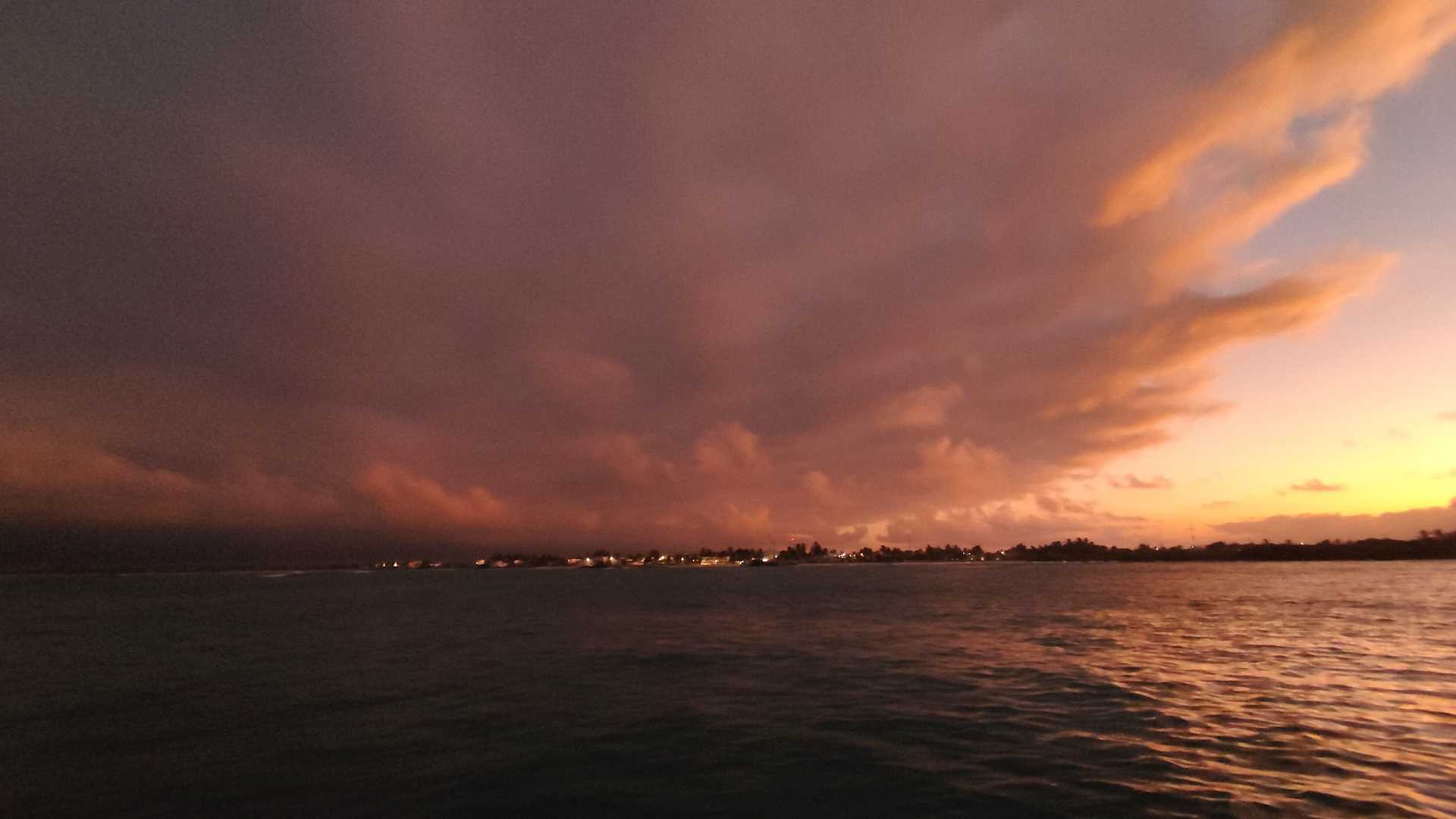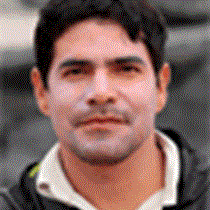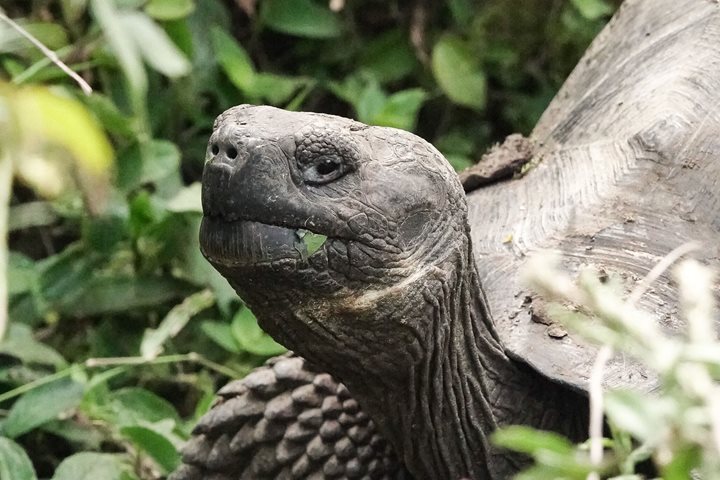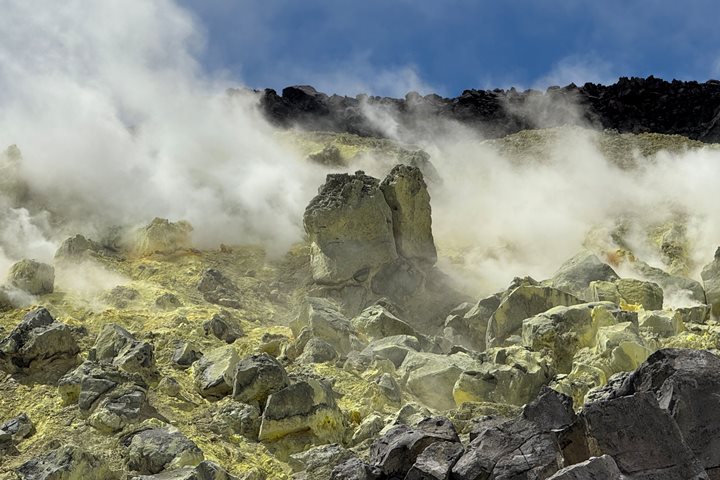Isabela is the biggest island of the Galapagos archipelago, and Sierra Negra volcano, the second biggest crater in the world, is part of it. Today we explored the caldera, descending a few hundred feet to walk on its floor. At the end of the trail we admired the forces of Mother Nature as we observed a sulfur mine where some fumaroles have formed. Once there you see the steam thrown up into the air; the scenario is astonishing, like a moonscape. Many volcanoes are formed here and there, the black lava on one side as a desert, and the soil eroded by the rain and wind on the other side. Lava new and old mixes and creates a magical world in front of our eyes. The highlands of Isabela are full of beauty and lush vegetation. We had a wonderful experience and our guests enjoyed every minute of our visit to this incredible place, from spotting penguins and sharks on the coast, to vermillion flycatchers and finches at the summit.
- Daily Expedition Reports
- 28 May 2025
Isabela Island, 5/28/2025, National Geographic Delfina
- Aboard the National Geographic Delfina
- Galápagos
Christian Saa, Naturalist/Certified Photo Instructor
Christian was born on the island of Isabela in the Galápagos archipelago. He grew up on a farm and had a magical childhood devoid of cars, electricity, telephones—just pure nature and playful sea lions along the beach. At the age of seven, he moved w...
Read MoreShare Report
Galápagos by Catamaran: An Intimate Voyage
VIEW ITINERARYRelated Reports
6/26/2025
Read
National Geographic Delfina
Santa Cruz Island
Today we anchored in Academy Bay on Santa Cruz Island. During the first part of the morning, we went to Fausto Llerena Giant Tortoises Breeding Center. This is where some species of giant tortoises are bred in captivity. After walking through the center and observing young and adult tortoises, we enjoyed exploring the largest town in Galapagos. We had lunch at a charming local restaurant, and from there we went to the highlands where we had a great time observing wild giant tortoises in their natural habitat. This afternoon we found several tortoises feeding, while others were enjoying a great volcanic mud bath.
6/25/2025
Read
National Geographic Delfina
Isabela Island
We spent the entire morning and part of the afternoon exploring Sierra Negra, specifically the sulfur mine area in the southwestern corner inside the caldera. The caldera is considered one of the largest in the world. It was an adventurous ride up the flank of the volcano in a local chiva (open-sided bus used all over Ecuador in rural areas). Then we walked, one way two kilometers, which included a descent of 320 feet, then an ascent to the sulfur fumaroles of another 200 feet. On return, we did it all again!







